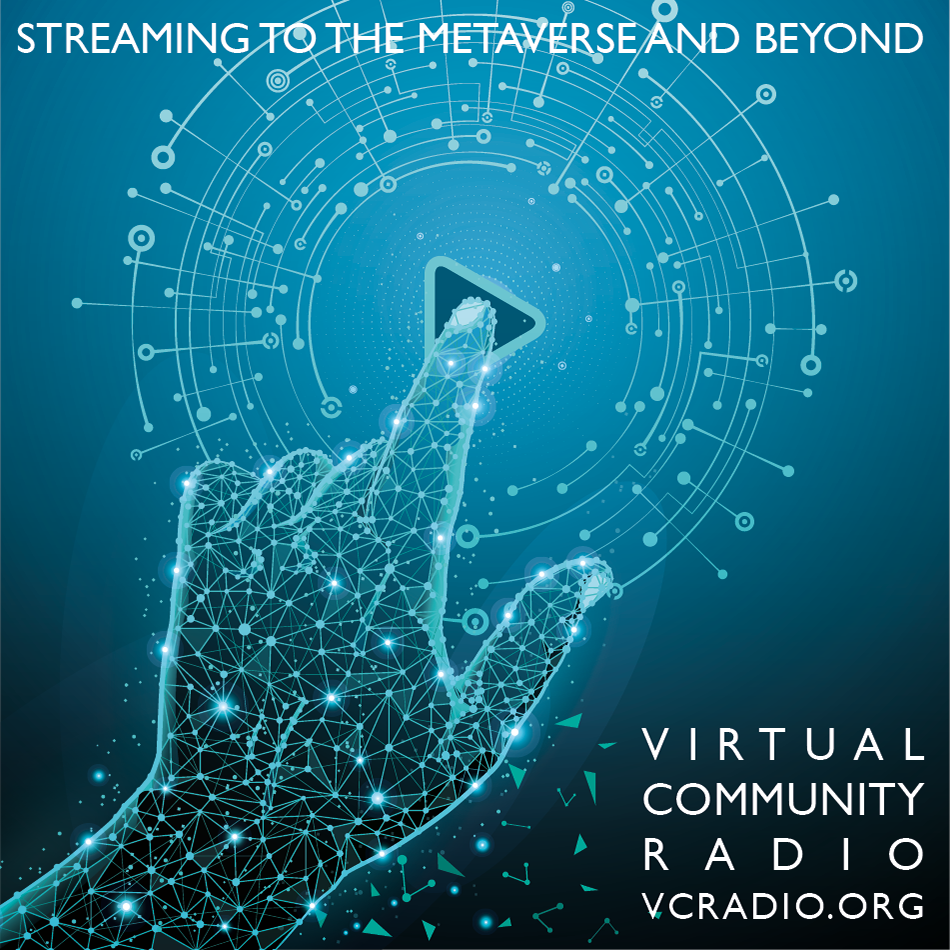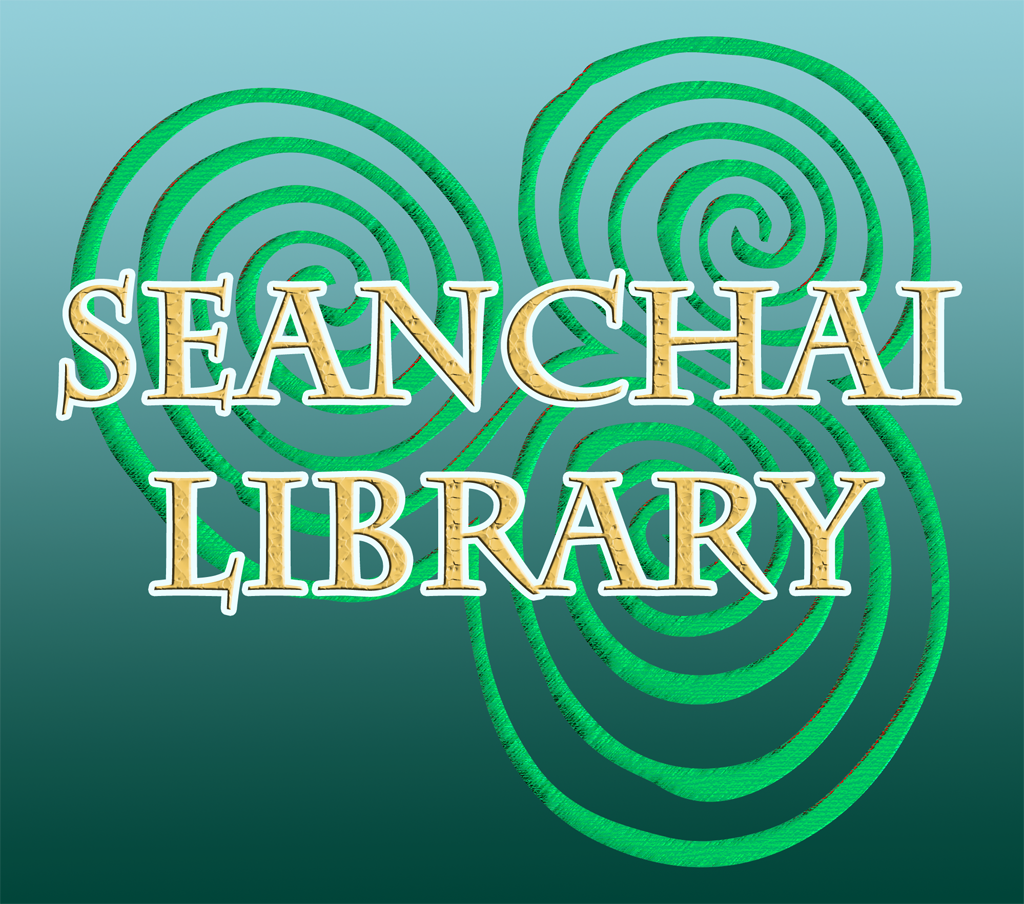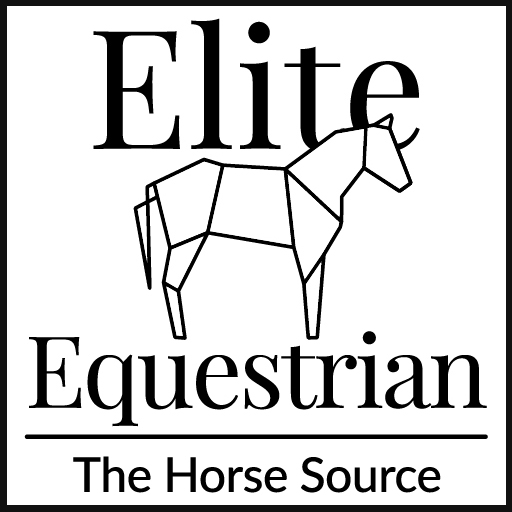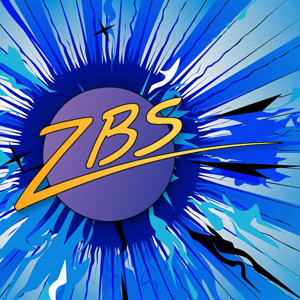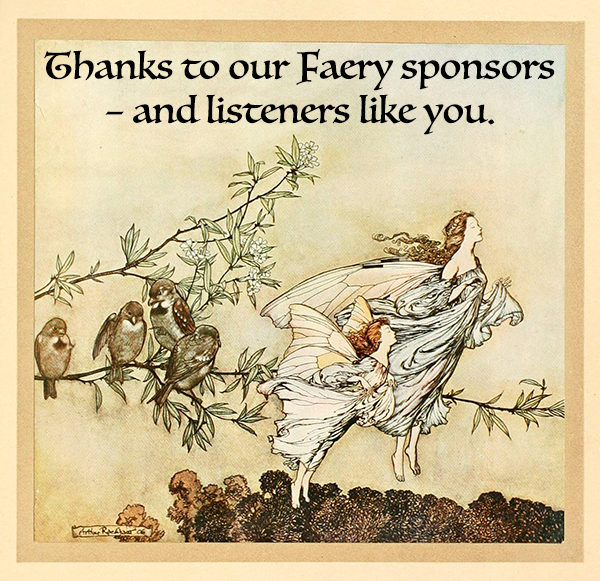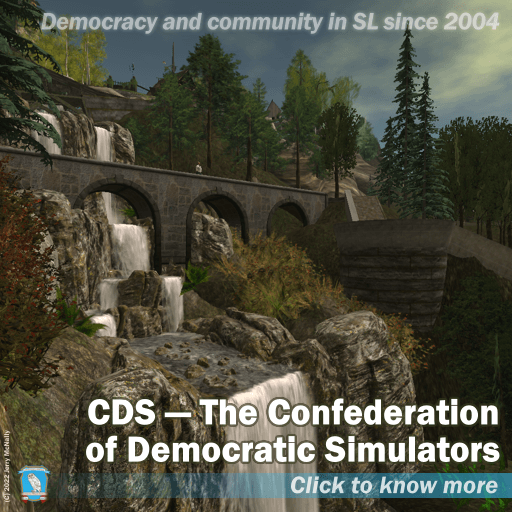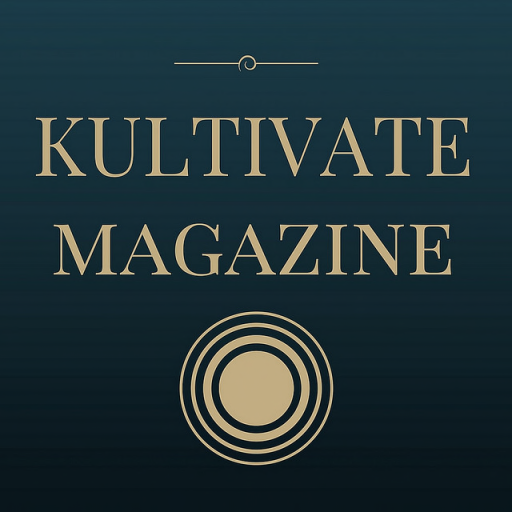Category Archives: Programming
WYB S04E06: Genealogy in SL
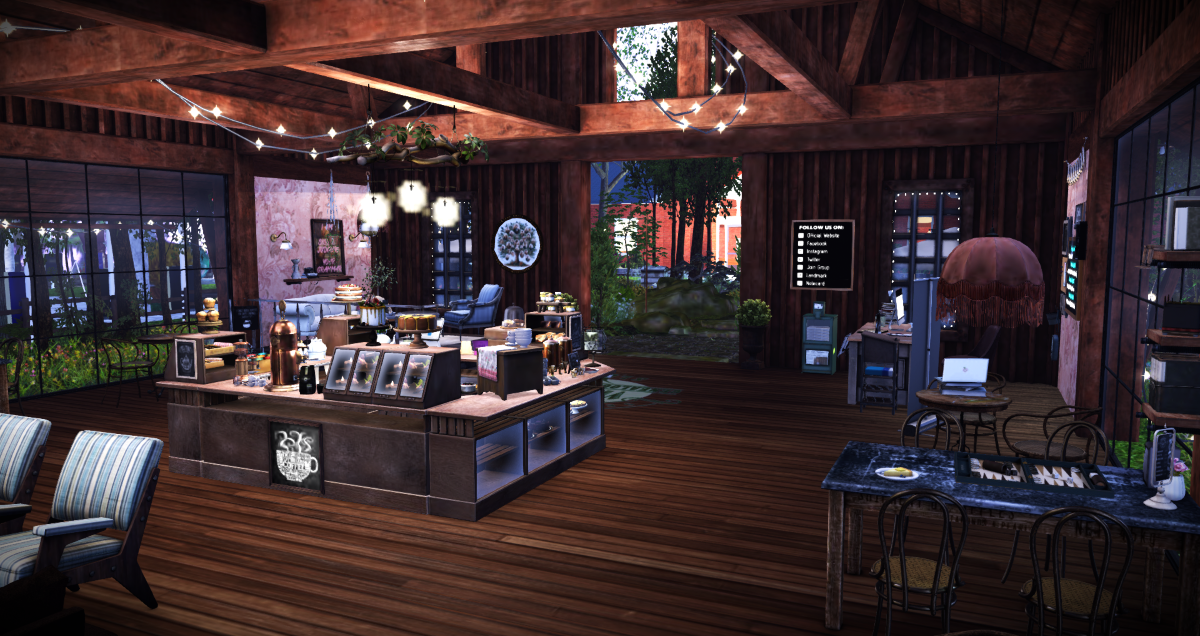
The latest edition (S04E06) of “Where Have You Been?” — the VCRadio original series that features places to go and things to do around the Second Life Grid — discusses the Second Life Virtual Genealogy Society (SLVGS). There is a thriving community in Second Life centered around the study of family history and origins, and the tracing of family lineages.
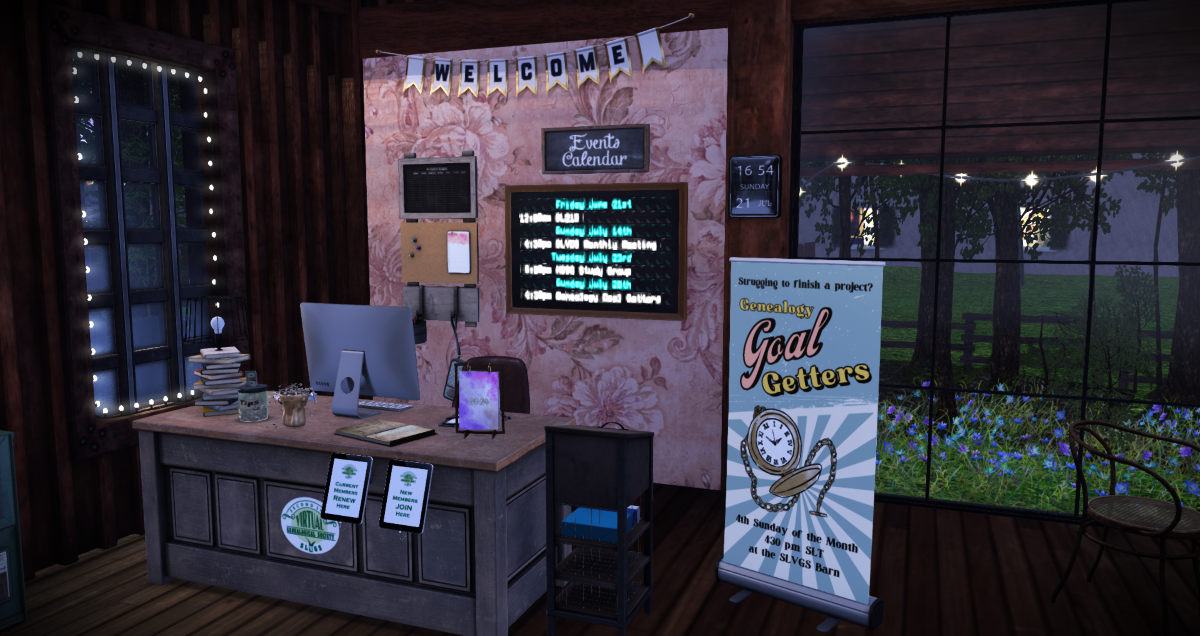 The Second Life Virtual Genealogical Society brings together a wide variety of people who are interested in family histories, holds monthly meetings and offers a range of support for those tracing their ancestors.
The Second Life Virtual Genealogical Society brings together a wide variety of people who are interested in family histories, holds monthly meetings and offers a range of support for those tracing their ancestors.
Discover more about the SLVGS in the current “Where Have You Been?” episode, broadcast on Wednesdays and Saturdays at noon and 4pm SLT/Pacific. Also on Wednesdays and Saturdays, tune in for “The Engines of Our Ingenuity” from the University of Houston, every four hours from 4am SLT/Pacific.
The Space Programme: Apollo 11
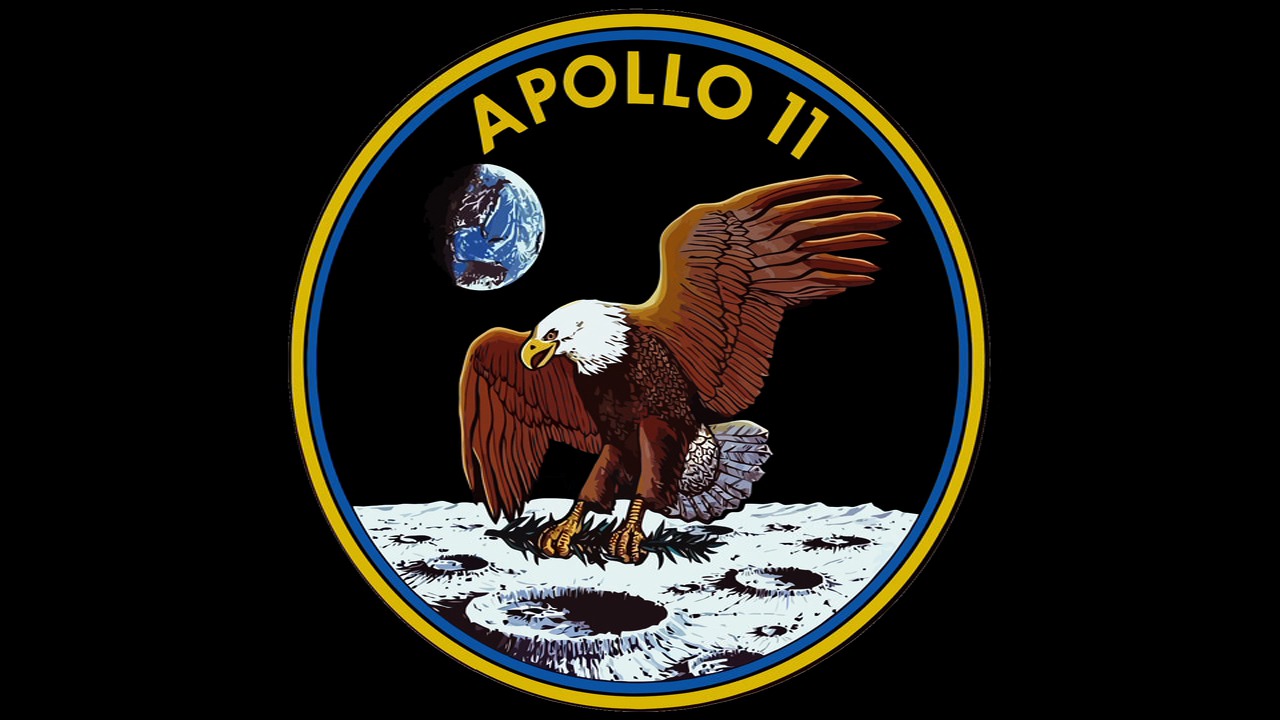
Space Music and a space documentary.
Wednesday 24th July 2024: 55 years ago this week, the Apollo 11 spacecraft’s Command Module separated from the Lunar Excursion Module and began its return to Earth after the first human being had stepped out of the LEM and set foot upon the Moon. Today, in a special programme by our sadly passed dear friend Peter Carbines, that we’ve broadcast annually from the start of the station (and beyond), we celebrate the mission’s achievement in music, and in a special music- and actuality-based documentary.
The Magic of The Musical S03E03: Reflections of America
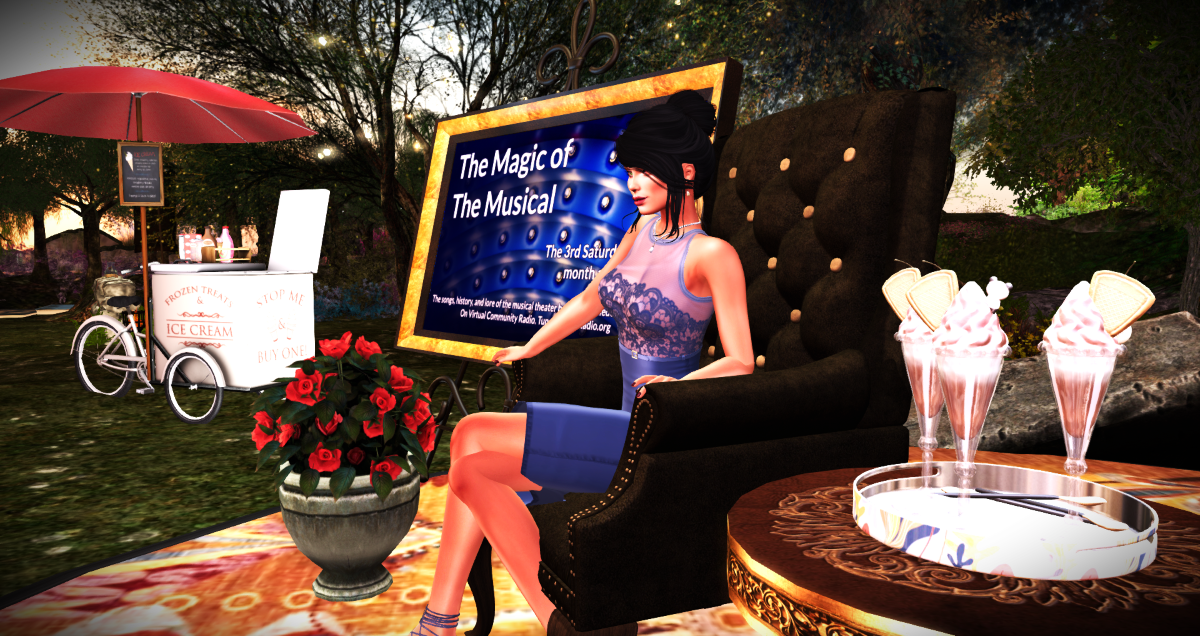
Our original series of The Magic of The Musical, continues today — Saturday, July 20th @ 2pm SLT/Pacific Time. Host Caledonia Skytower explores songs, stories and lore from the world of musical theatre.
Missed the live show? Listen again here on Mixcloud.
Join our live audience at Ceiluiradh Glen on Saturday at 2pm SLT — slurl: http://maps.secondlife.com/secondlife/Nowhereville/196/131/21 or tune in to Virtual Community Radio on the web site, plug this URL into a network player: http://main.vcradio.org — or ask your smart speaker to “Play Virtual Community Radio!”
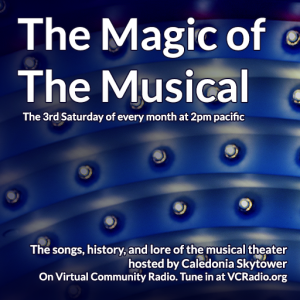 Also today on Virtual Community Radio, enjoy our featured music On Broadway, the latest edition of “Where Have You Been?” with the final broadcasts of our “Live from SL21B” episodes in Second Life, at 12 noon and 4pm SLT/Pacific. And don’t miss The Engines of Our Ingenuity from the University of Houston, every four hours from 4am SLT.
Also today on Virtual Community Radio, enjoy our featured music On Broadway, the latest edition of “Where Have You Been?” with the final broadcasts of our “Live from SL21B” episodes in Second Life, at 12 noon and 4pm SLT/Pacific. And don’t miss The Engines of Our Ingenuity from the University of Houston, every four hours from 4am SLT.
This Month: Reflections of America
U.S. Politics are delicate matters to discuss, especially in a year like 2024. Looking back, Caledonia examines four award-winning musicals and how they reflect the issues and self-identity of American culture contemporary to when they debuted. What does America think of itself and how does that change from the 1930s through today? Featuring the award-winning productions Of Thee I Sing, Fiorello!, 1776, and Hamilton.
Where Have You Been? — Live at SL21B Part 2
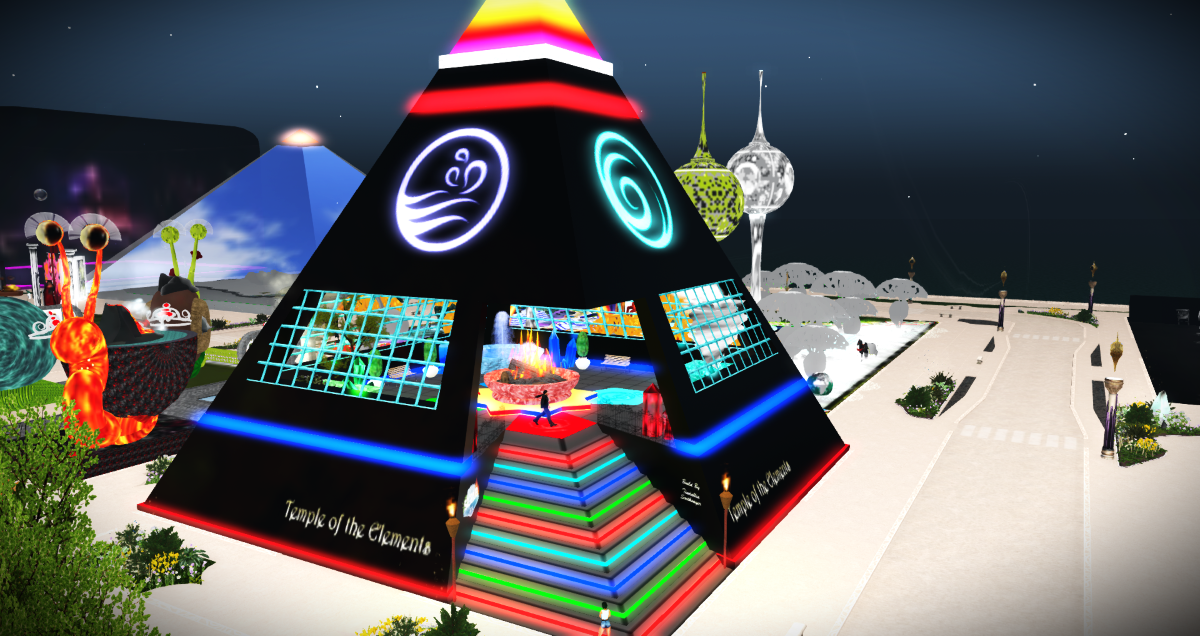
On Wednesday, July 10th, we broadcast our second live programme from our exhibit at the Second Life 21st Birthday Celebration. We’ll be re-broadcasting it on Wednesdays and Saturdays at 12 noon and 4pm SLT/Pacific Time until the event closes on the 21st July.
This is an SLB you don’t want to miss. The Community Showcase has some of the best exhibits we’ve seen in a long time. Residents seem to have really embraced the theme of “Elements” and interpreted that in a variety of ways, many straightforward, and others very subtly.
Classic Electronica

Today we are leaving our traditional genres for a while with a programme of music produced with the aid of electronic devices, stretching right back to the early days of the genre, with tape manipulation and “found sounds” and the use of digital to analogue converters attached directly to mainframe computers, as in the landmark album “Music From Mathematics”.
We take a listen to early uses of the Moog and other synthesisers and albums that mixed musique concrete with synths for a light-hearted melodic sound, from the likes of Perrey & Kingsley.
Moving forward you’ll hear classic albums like “Switched-On Bach” and other recordings by pioneer synthesist Wendy Carlos, and other quite different classic albums from the “Berlin School” of synthesiser music.
You’ll hear Tonto’s Expanding Head Band. Jean-Michel Jarre. Jean-Phillippe Rykiel. Tangerine Dream. Tom Dissevelt and Kid Baltan. Tomita. The BBC Radiophonic Workshop. And many more. All in all, plenty to get your teeth into.
“HDR Modular Synthesizer Macro” by Peter Gorges is licensed under CC BY-NC-ND 2.0
Where Have You Been? — Live at SL21B

On Wednesday 26th June, we broadcast the first of two special live editions of our original series, “Where Have You Been?”, which features things to do and places to visit around the Second Life Grid.
This show will be repeated on Wednesdays and Saturdays at 12 noon and 4pm SLT/Pacific Time until our second and final live show from SL21B on Wednesday 10th July.
One of our favourite things about the Community Showcase is how clearly it displays the wide variety of communities that thrive in Second Life. On sixteen general showcase regions you can find seemingly endless types of communities and resident activities from art, to education, role-play, and all sorts of communities that form around shared interests. With this year’s celebration theme of “The Elements” the community showcase is a great place to see so much of what Second Life is really all about.
 So, what’s the best way to see it all? Well, to begin with you probably won’t be able to see it all. Though with SLB staying open for a month this year, chances are you can see much more of it, and attend many more events than in past years. But there is really no perfect way to explore the Showcase except to just get out there and do it.
So, what’s the best way to see it all? Well, to begin with you probably won’t be able to see it all. Though with SLB staying open for a month this year, chances are you can see much more of it, and attend many more events than in past years. But there is really no perfect way to explore the Showcase except to just get out there and do it.
SL21B Community Showcase – Full Exhibit List second.life/sl21bexhibits
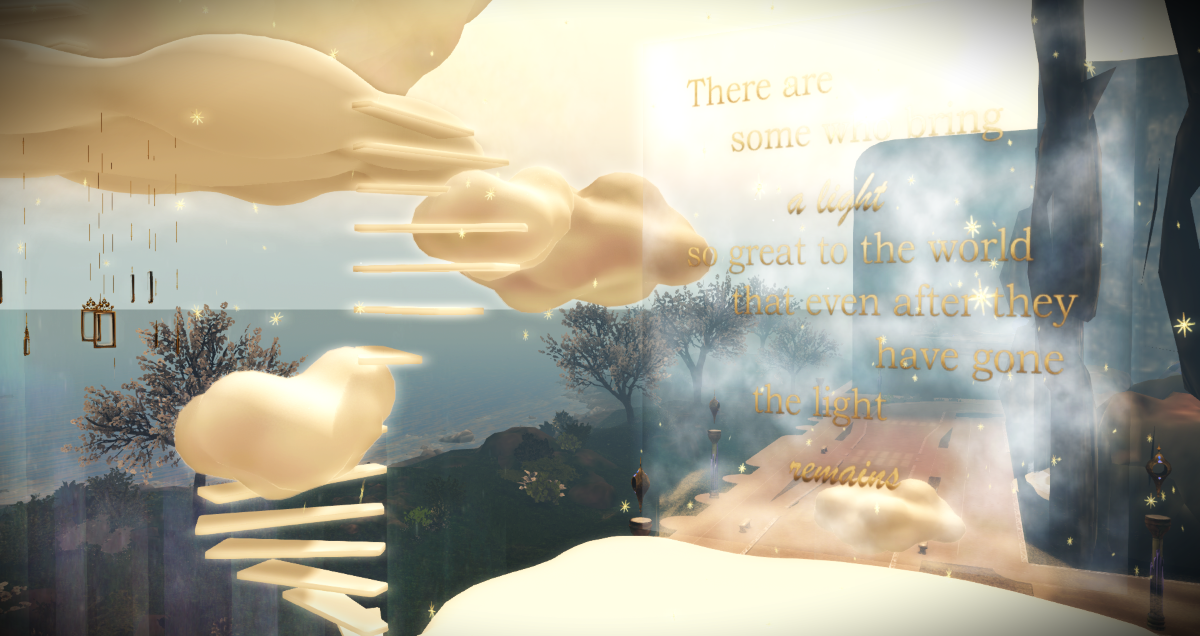
In this episode we feature some exhibits in the southern portion of the showcase continent that feature blends of art and science. We’ll be doing a second live show on July 10th, at the VCRadio showcase exhibit where we’ll be featuring a whole different set of showcase destinations, from different areas of the continent.
The places discussed in this episode include:
SLURLS/URLS:
Virtual Community Radio – Elements of Music
http://maps.secondlife.com/secondlife/SLB%20Marvelous/185/216/21
Saudade by Ravenstarr Fairelander
http://maps.secondlife.com/secondlife/SLB%20Stupendous/221/203/21
Inspire Space Park – an SL classic!
http://maps.secondlife.com/secondlife/SLB%20Stupendous/219/41/30
The International Spaceflight Museum – Kat Lemieux
http://maps.secondlife.com/secondlife/SLB%20Stupendous/15/98/21
Happy Birthday to SL from Chemistry World
http://maps.secondlife.com/secondlife/SLB%20Incredible/59/164/21
The Periodic Elements ~ SLRandom ArtCrew
http://maps.secondlife.com/secondlife/SLB%20Sparkle/226/14/21
VCRadio at SL21B
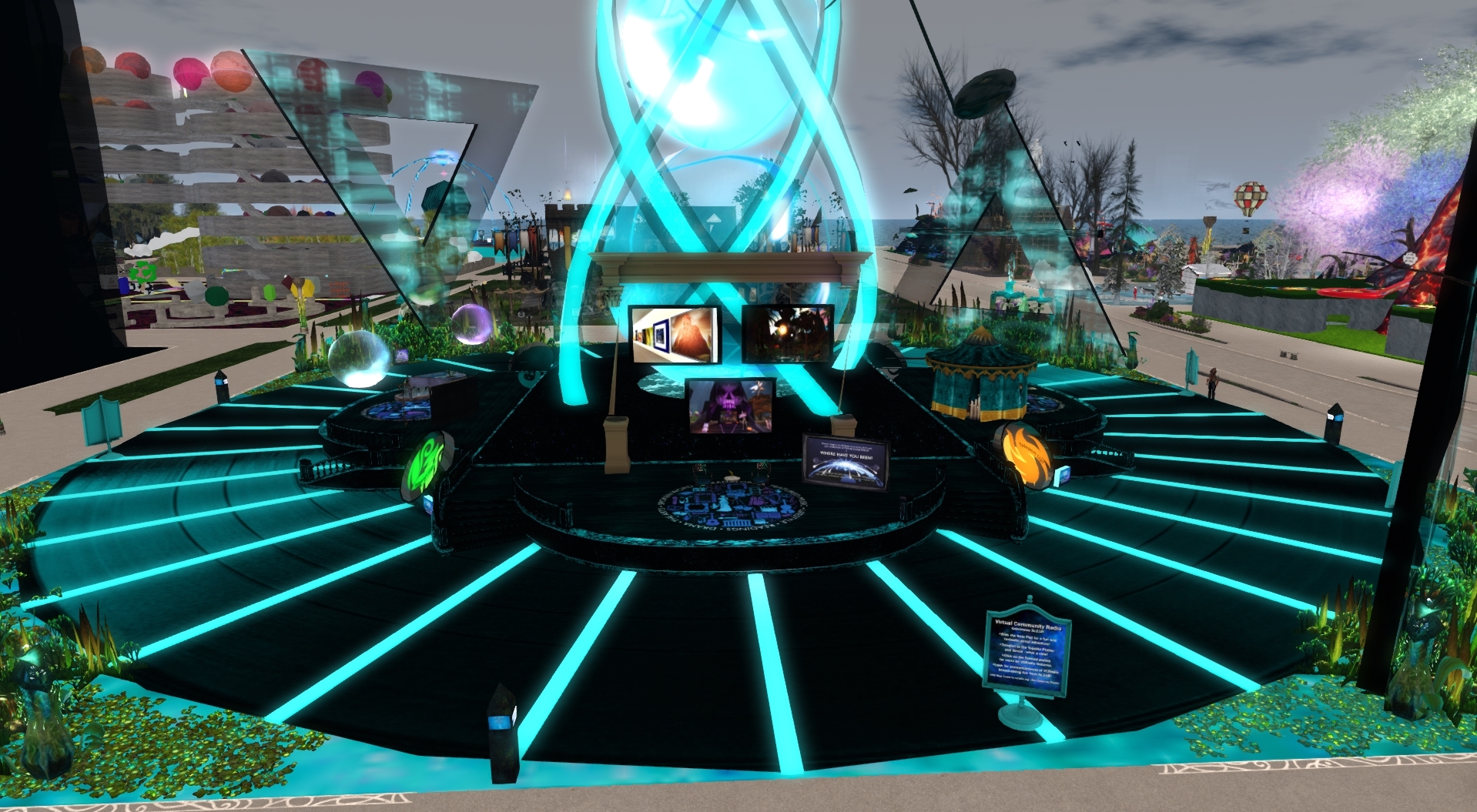
We’re pleased to let you know that Virtual Community Radio is exhibiting at the Second Life 21st Birthday celebrations and broadcasting live! You can find our exhibit — “The Elements of Music” on SLB 20Marvelous.
The theme this year is The Elements, and the VCRadio exhibit features Air, Earth, Fire and Water coming together to bring music, analogue (represented by a vinyl disc) and digital (cycling binary digits on the faces of the elemental symbols), to our ears.
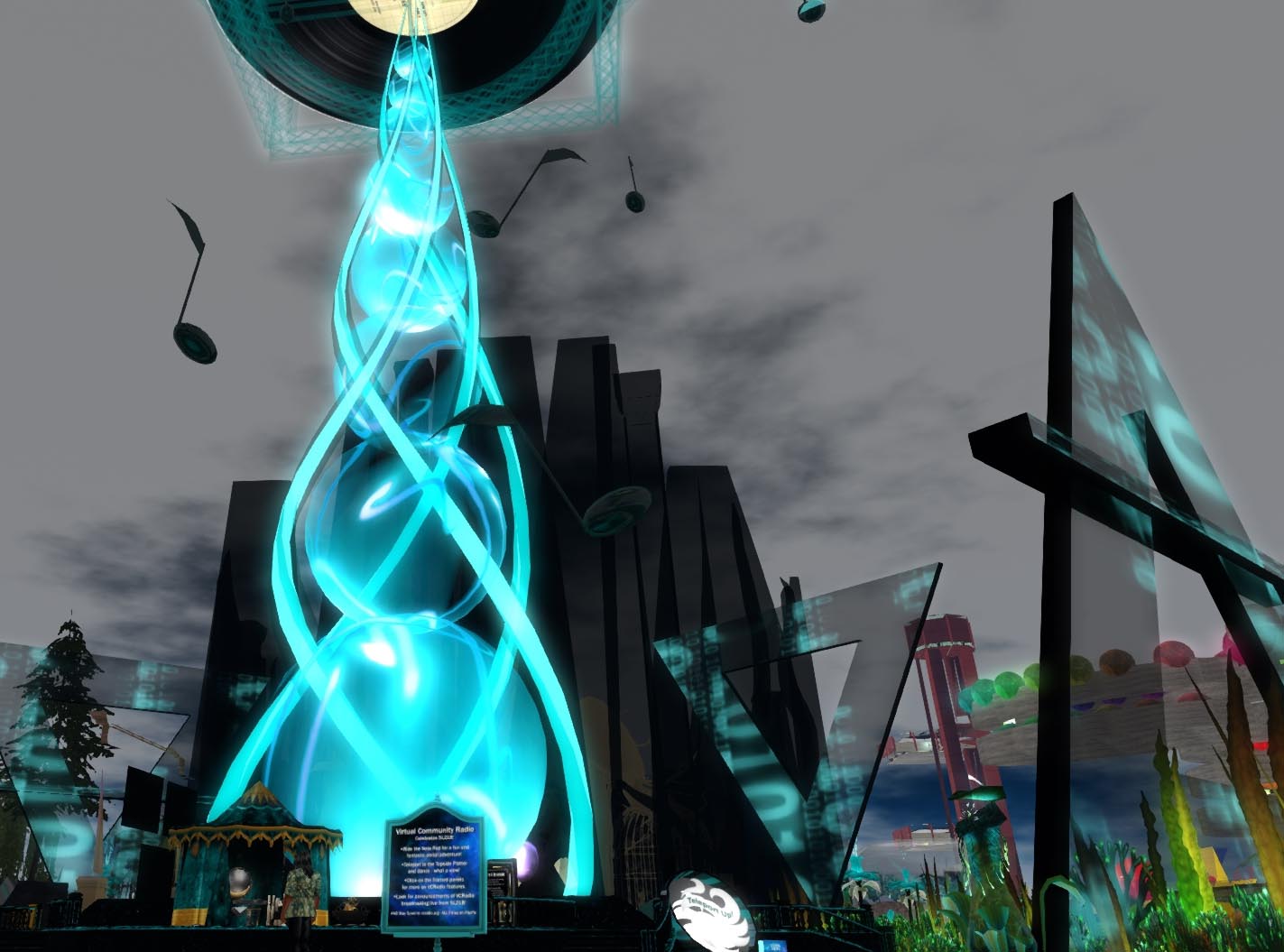 The four aspects of the exhibit highlight four different areas of our programming, including “Tarot @ Teatime”, “The Magic of The Musical” and “Where Have You Been?”
The four aspects of the exhibit highlight four different areas of our programming, including “Tarot @ Teatime”, “The Magic of The Musical” and “Where Have You Been?”
Catch the flying note and soar to the exhibit’s highest point for a great view!
Tune in: the stream is playing on the booth or you can plug main.vcradio.org into a network player. Or visit the web site and get the App!
Join us live for special programming including a live edition of “Where Have You Been?” at 1pm SLT/Pacific on Wednesday June 26th.
Solar Music
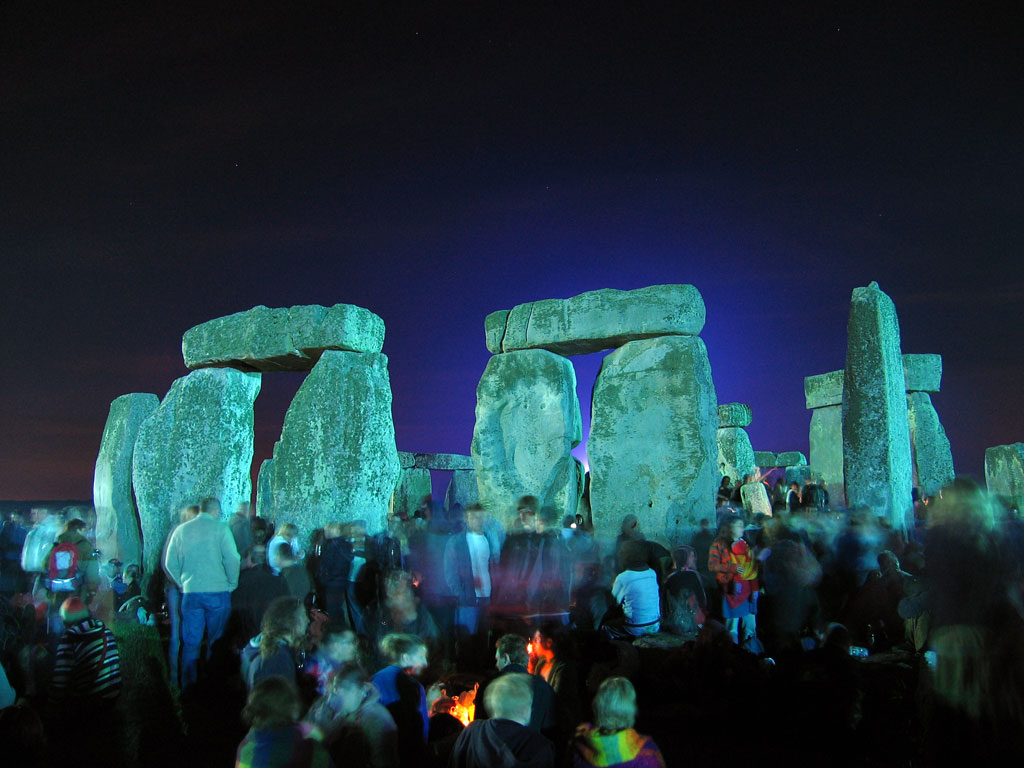
The time is around the time of the Summer Solstice, where at sunrise, the sun shines deep into the monument of Stonehenge.
The Summer Solstice is one of the special days in the Celtic calendar. At Stonehenge, the sun rises over the Heel Stone. In the Northern Hemisphere, the days are long and the nights are short. Today we’re featuring music with a solar connection, crossing many genres.
In addition, tune in at 12 noon or 4pm SLT/Pacific Time for the latest episode of our original series, “Where Have You Been”. And you can catch an edition of “The Engines of Our Ingenuity” from the University of Houston every four hours from 4am Pacific.
Image: “File:Stonehenge Summer Solstice eve 02.jpg” is licensed under CC BY-SA 2.0.
Music for Bloomsday
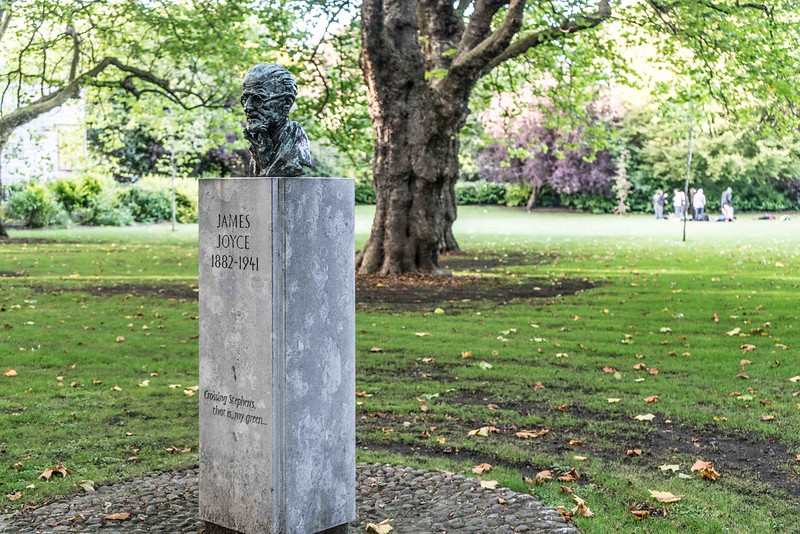
Yes, we are a couple of days late — but here we are with some Music for Bloomsday: the anniversary of June 16, 1904 when the events of Ulysses, the best-known work by the Irish literary giant James Joyce, would have taken place in Dublin and environs.
The celebration — which in modern times includes a great many events in and around Dublin and elsewhere in the world — was originally established in 1954 on the 50th anniversary.
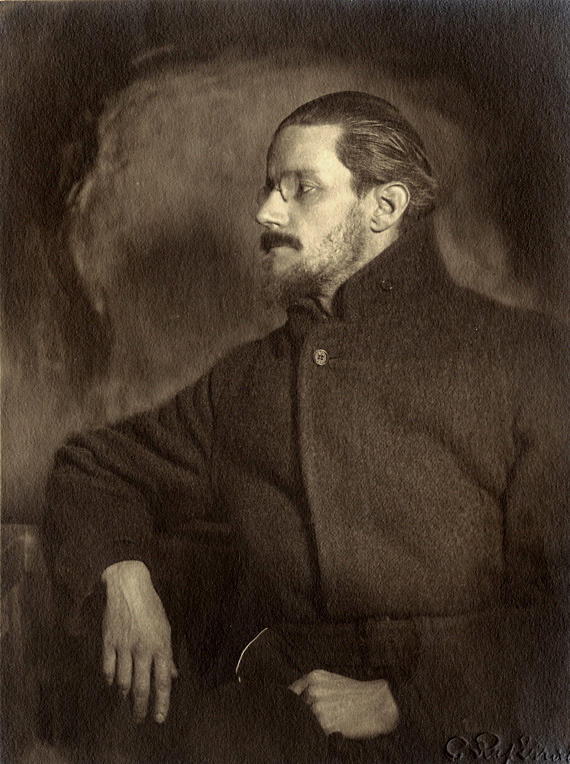 To celebrate Bloomsday we’re presenting a programme of Irish music, traditional and modern; we will also be playing no less than three musical settings of some of James Joyce’s first published poetry: Chamber Music of 1907. You’ll hear the piano and tenor voice interpretations of Alfred and Marc Heller, the San Francisco Symphony Chorus under Marc Shapiro, and a complete series of settings of all 36 poems, by some of today’s top alternative artists. You may hear some surprises today.
To celebrate Bloomsday we’re presenting a programme of Irish music, traditional and modern; we will also be playing no less than three musical settings of some of James Joyce’s first published poetry: Chamber Music of 1907. You’ll hear the piano and tenor voice interpretations of Alfred and Marc Heller, the San Francisco Symphony Chorus under Marc Shapiro, and a complete series of settings of all 36 poems, by some of today’s top alternative artists. You may hear some surprises today.
Main image: “JAMES JOYCE [ST. STEPHEN’S GREEN] REF-1085620″ by infomatique is licensed under CC BY-SA 2.0.
Secondary Image: Public Domain,
Jack Flanders in Dreams of Tiffany Blue
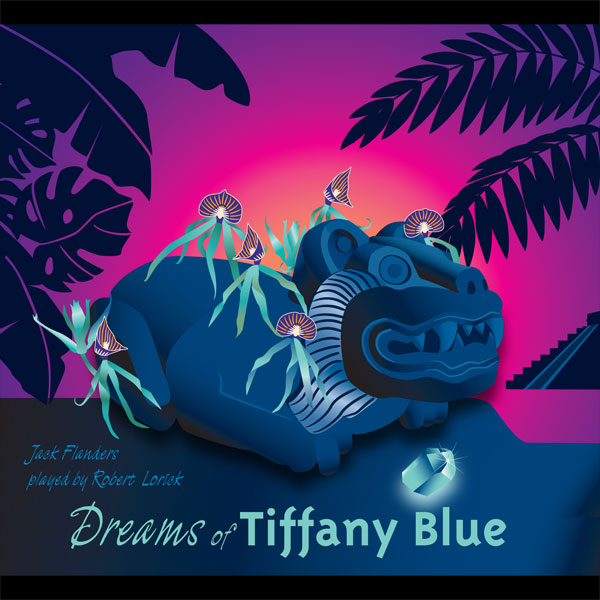
Tune in on Friday for the latest episode of our exciting 12-part radio serial from our friends at ZBS Foundation: “Dreams of Tiffany Blue” - at noon or 4pm Pacific/SLT every Friday! In which Jack encounters a shape-shifter…
Now read on…


